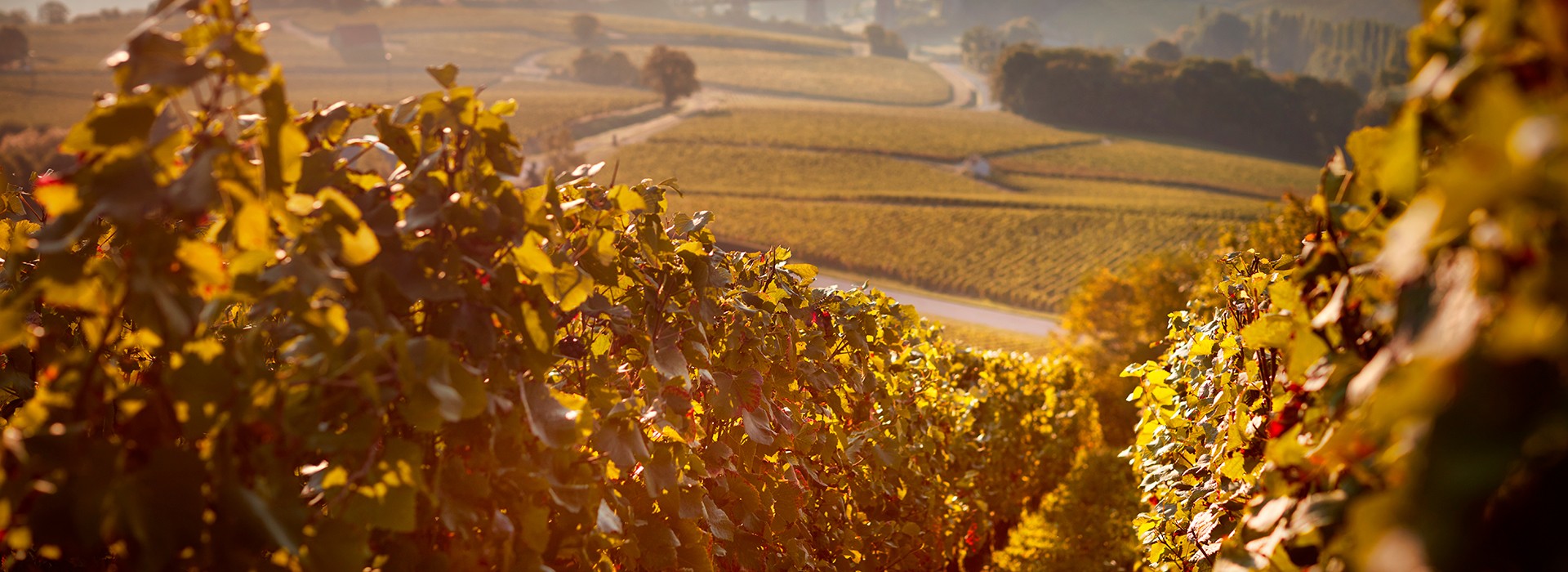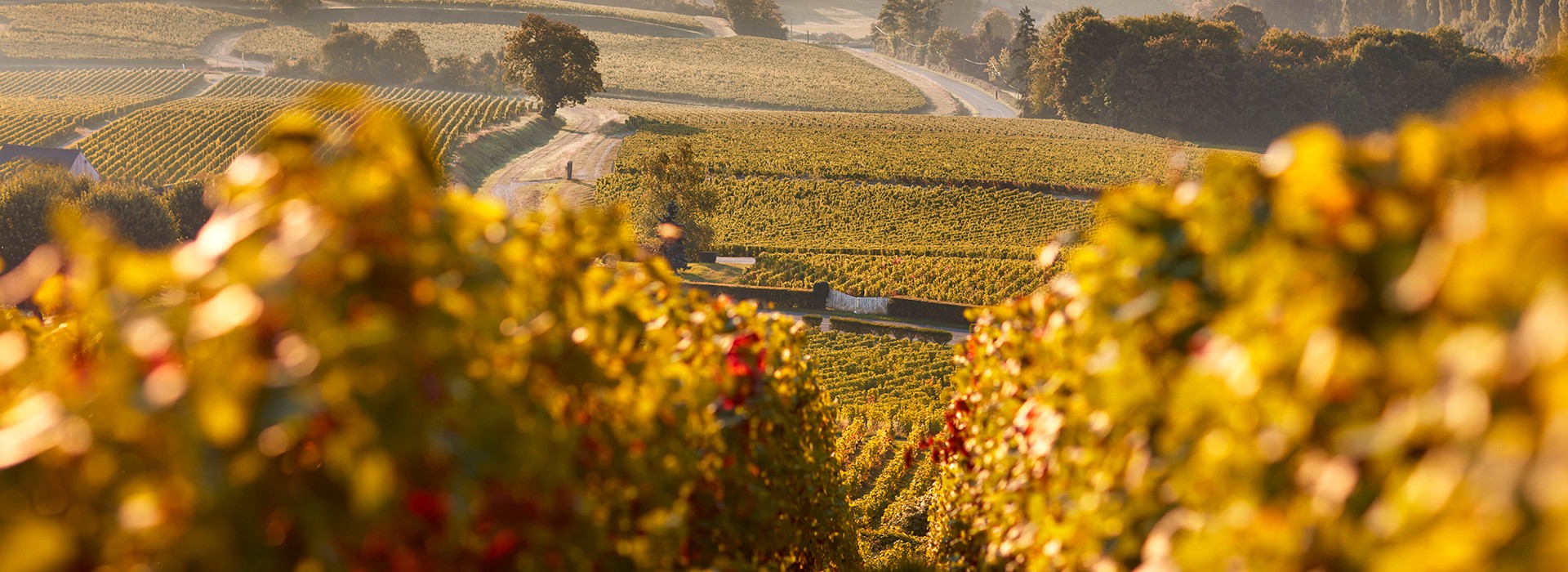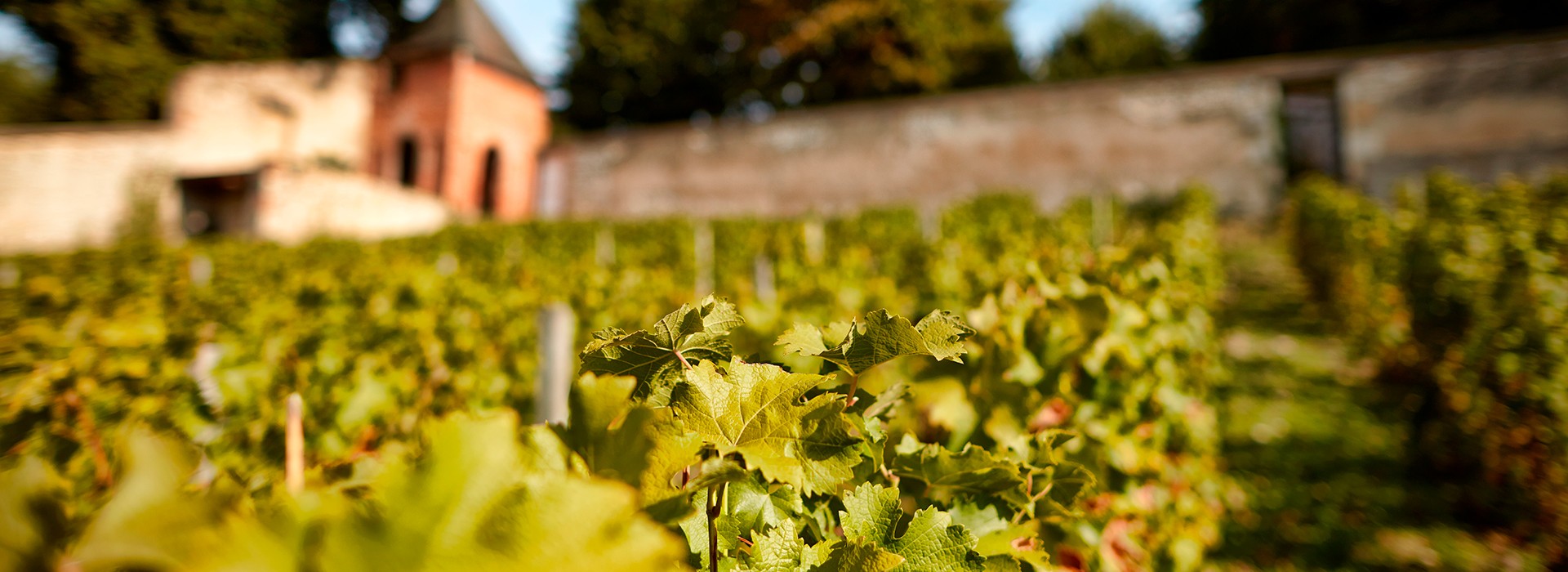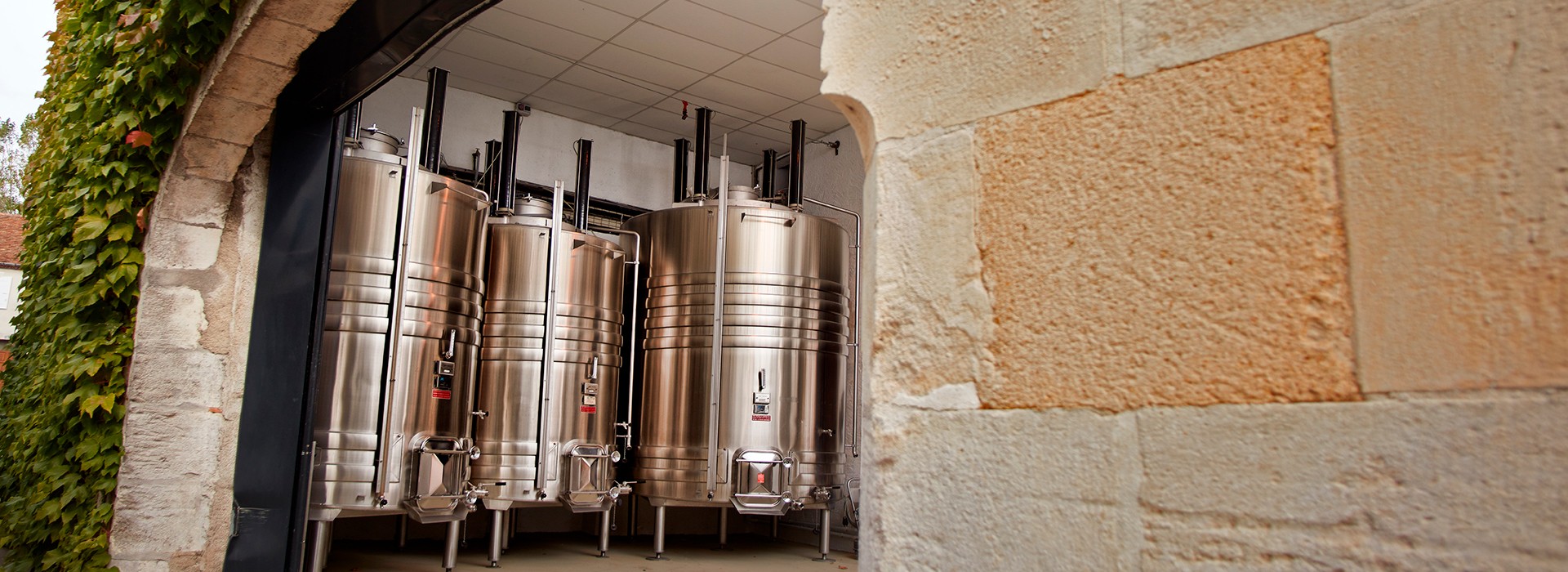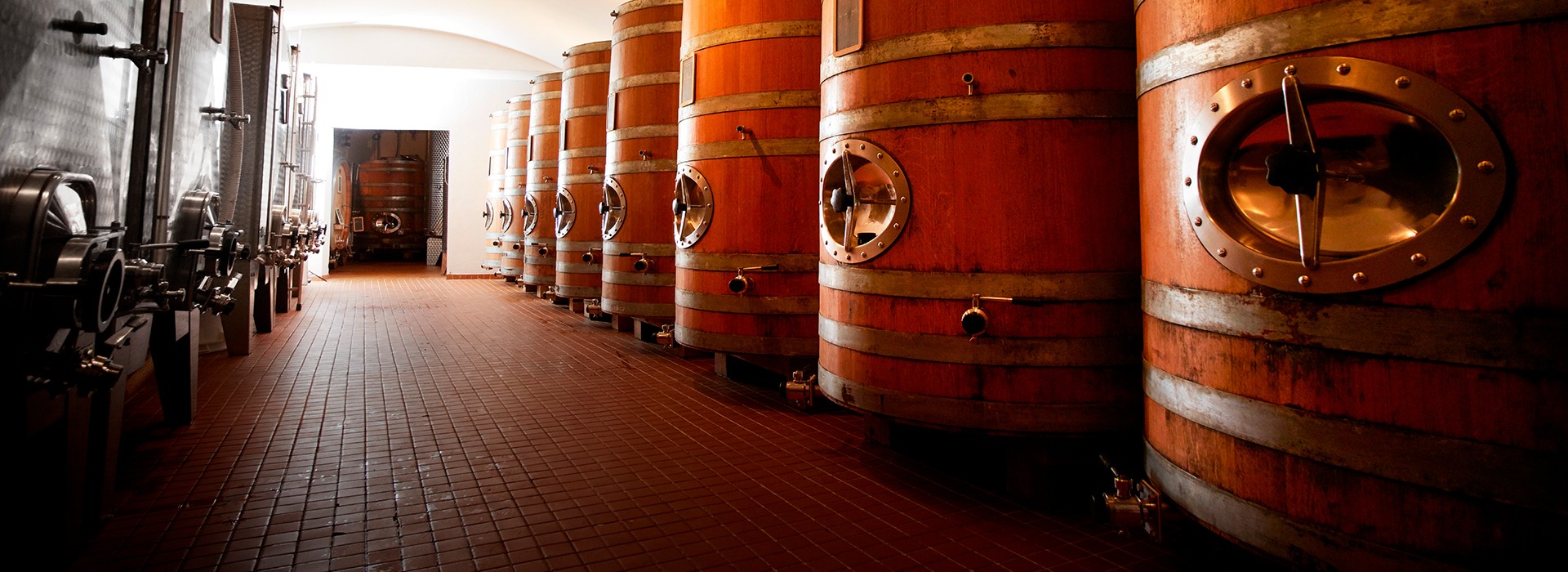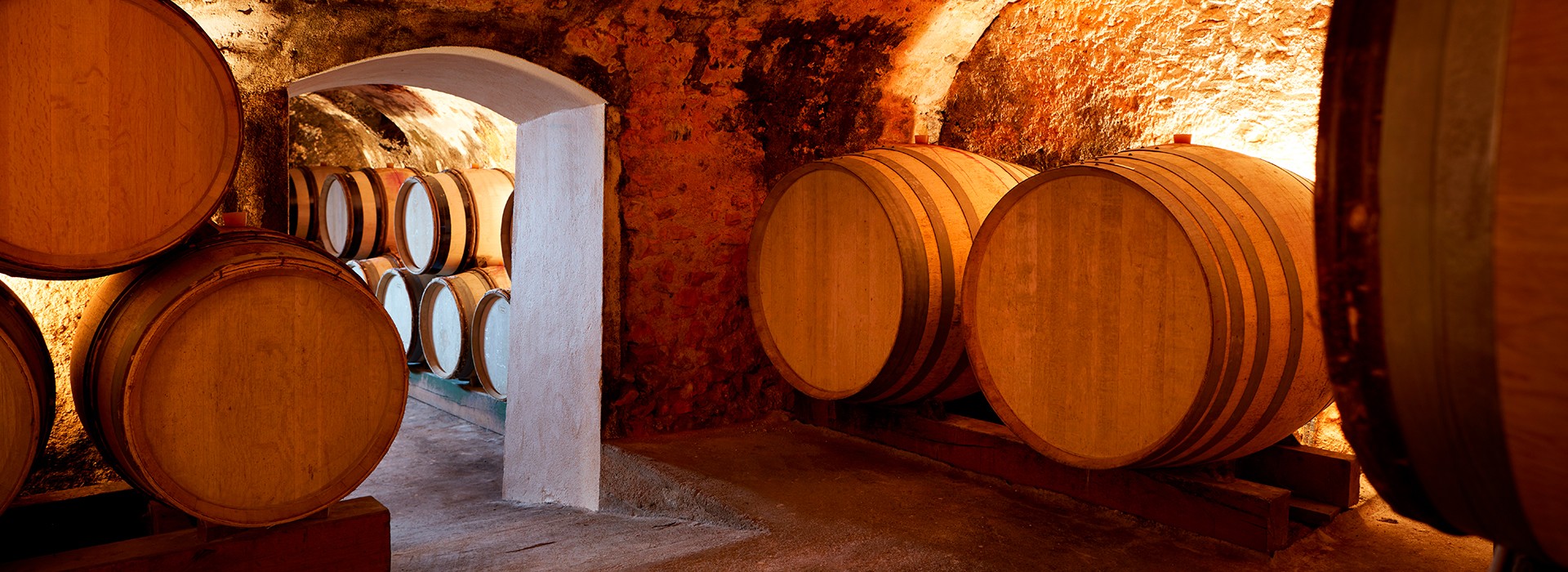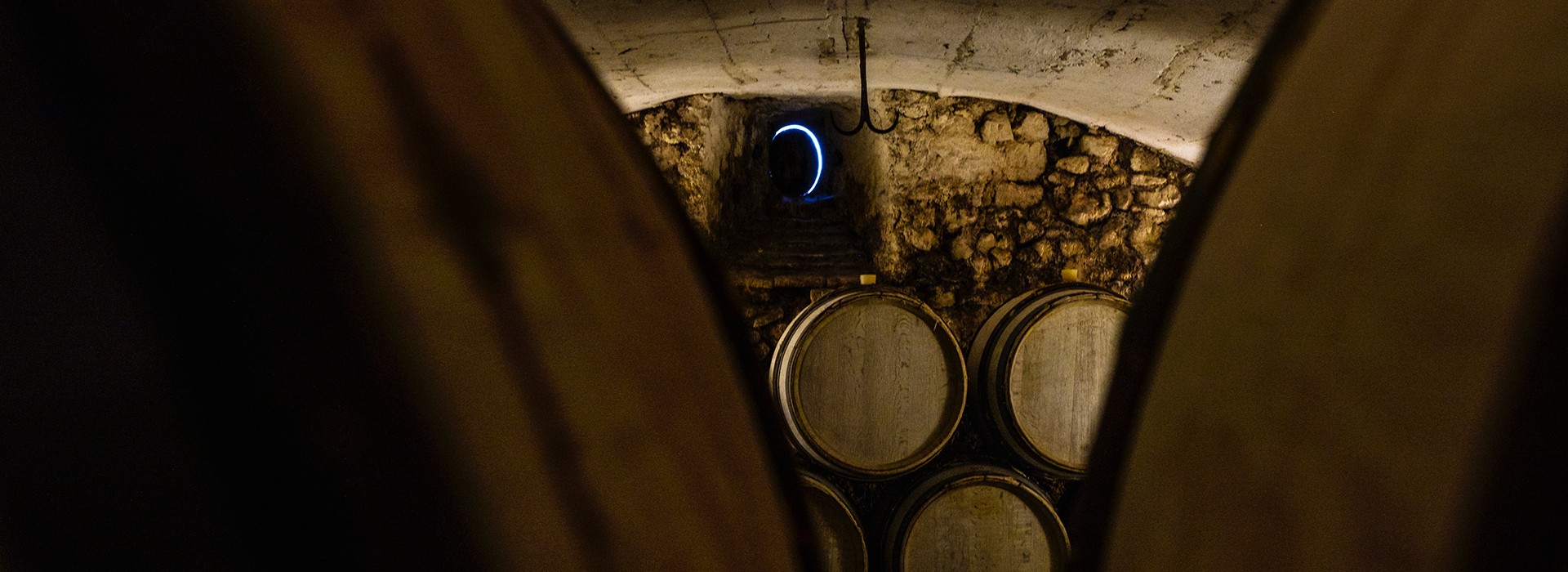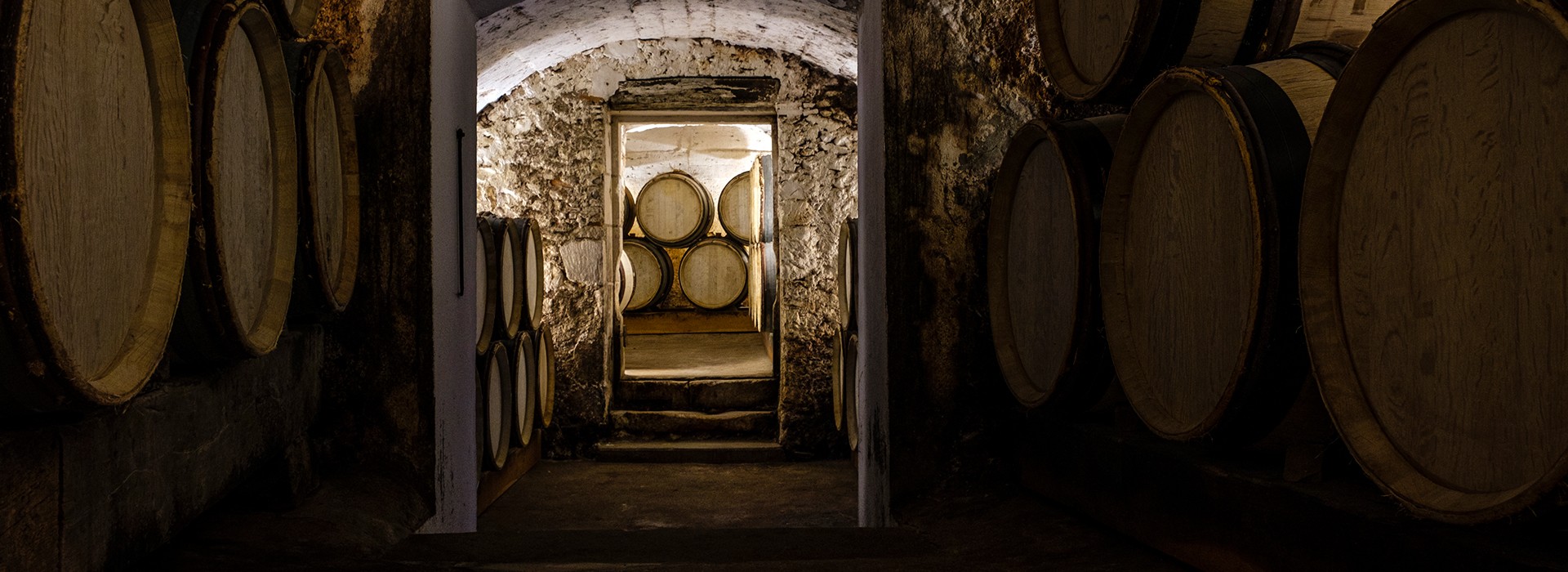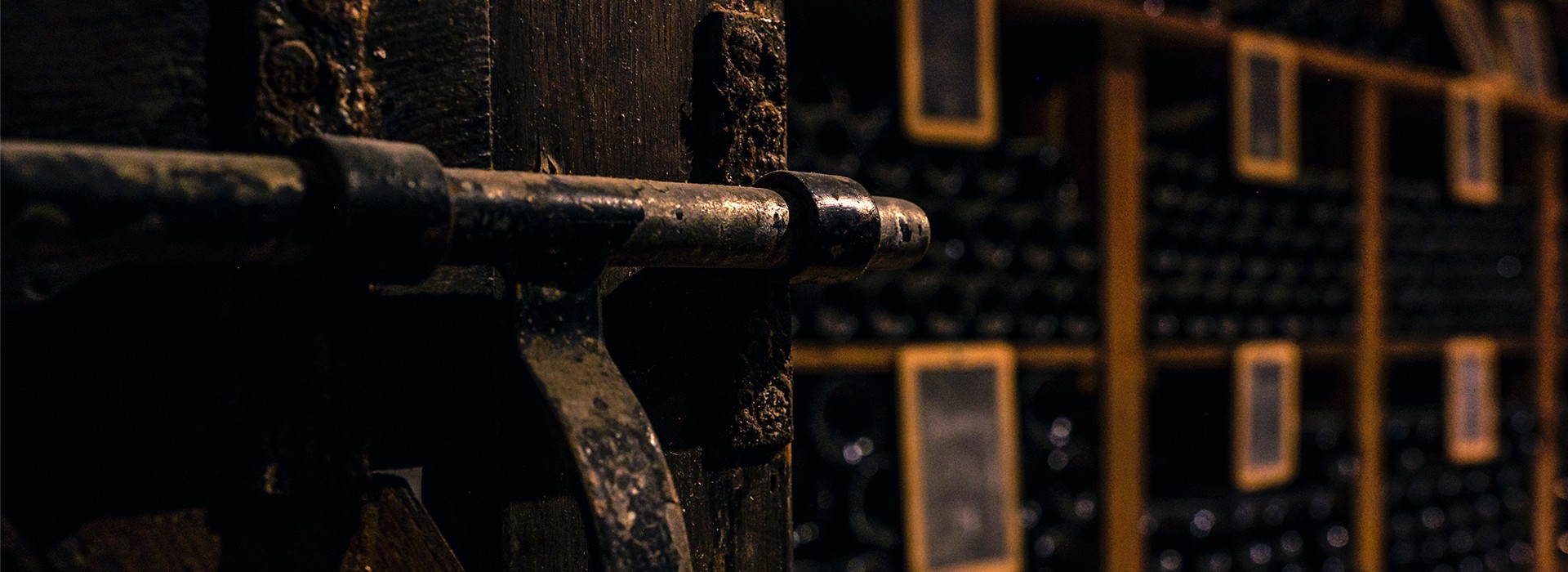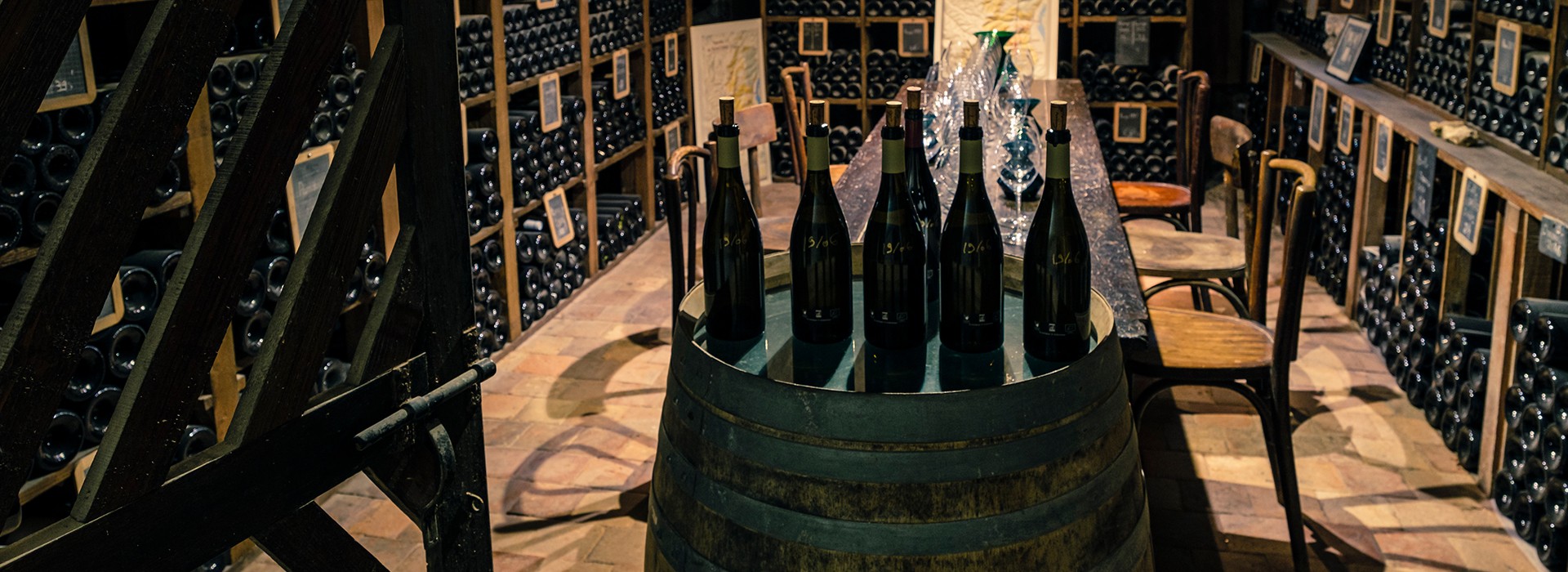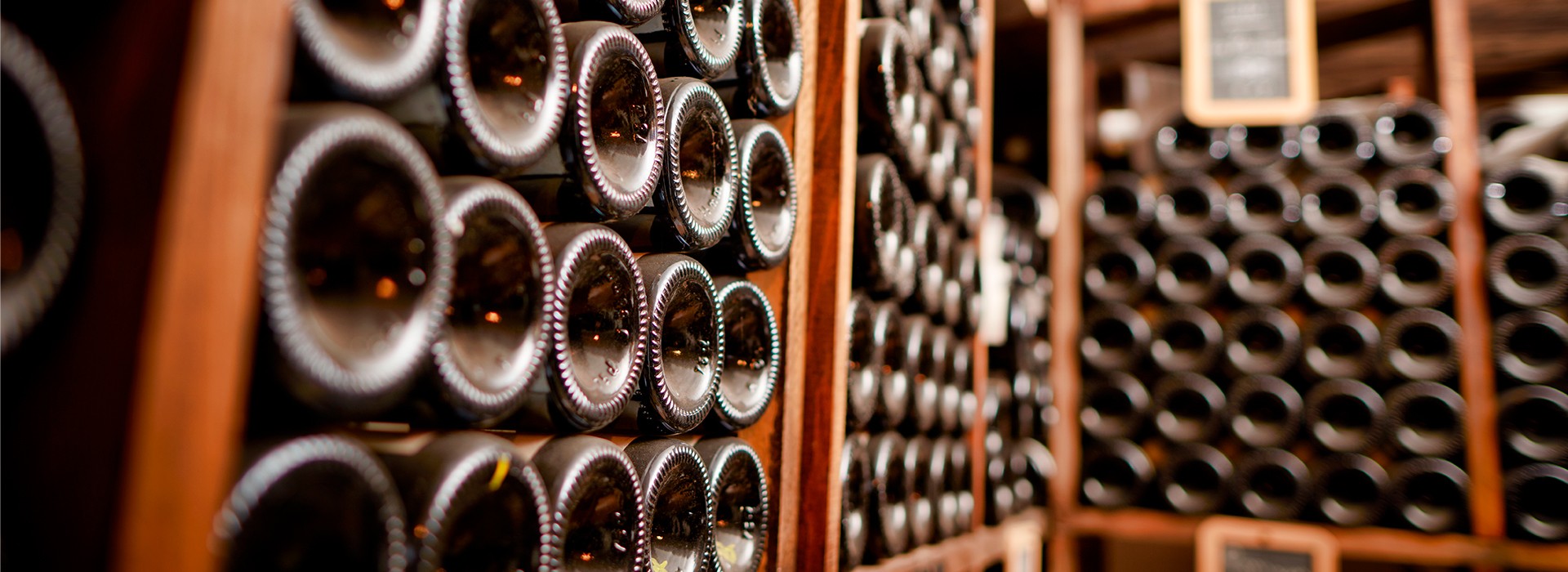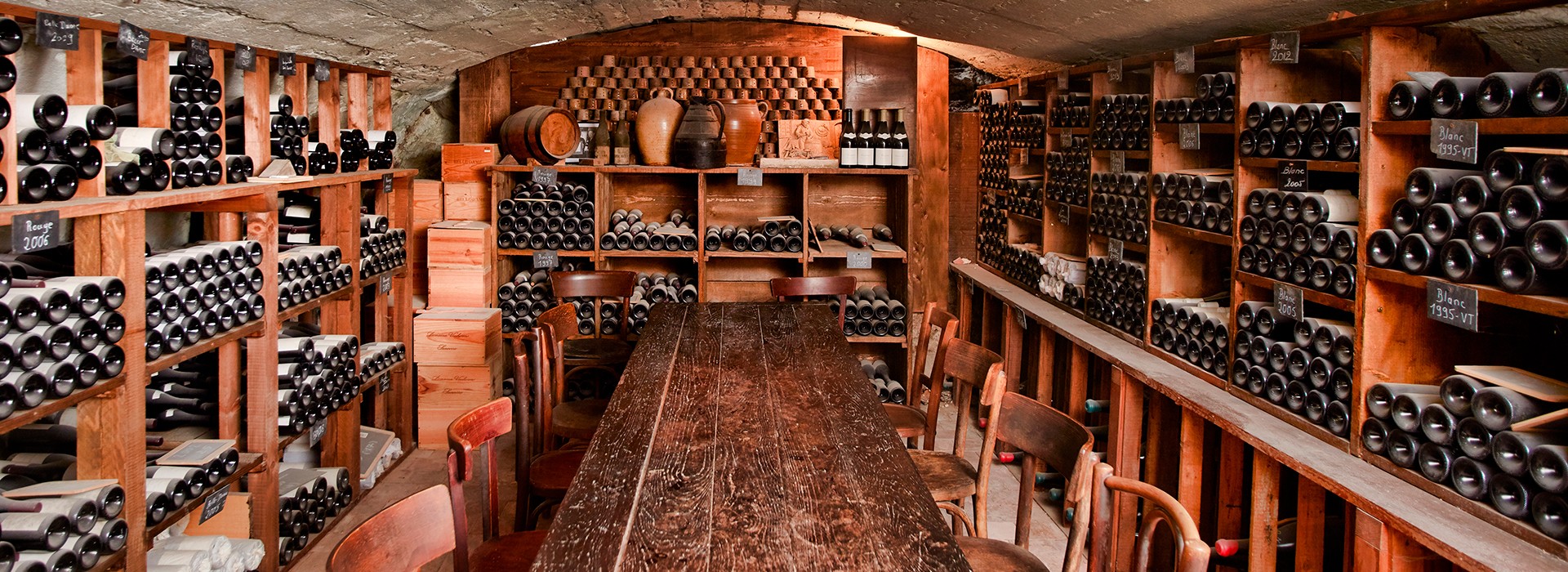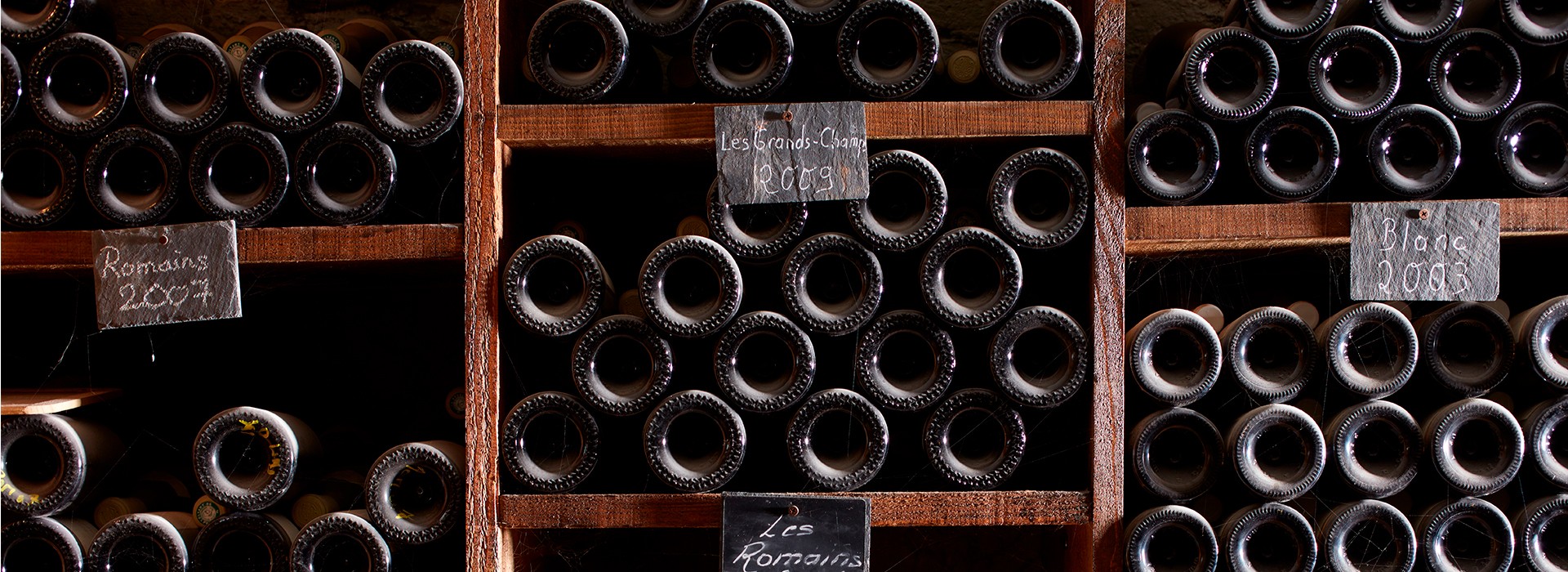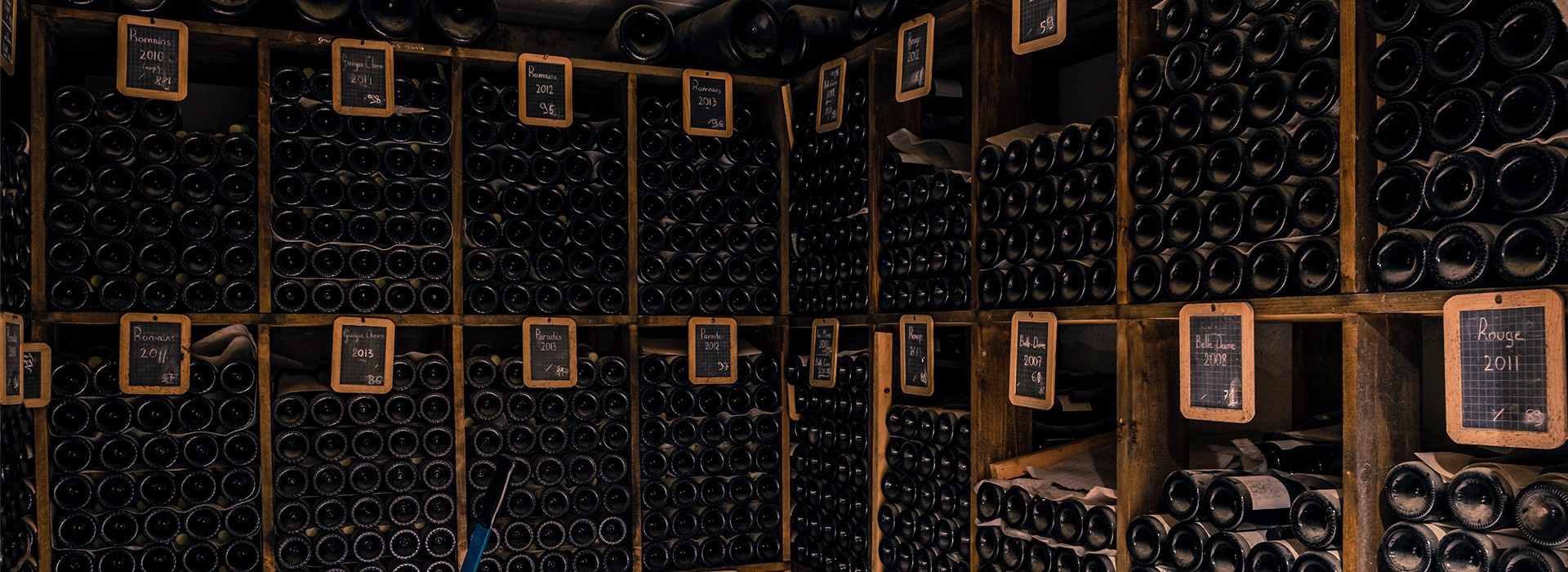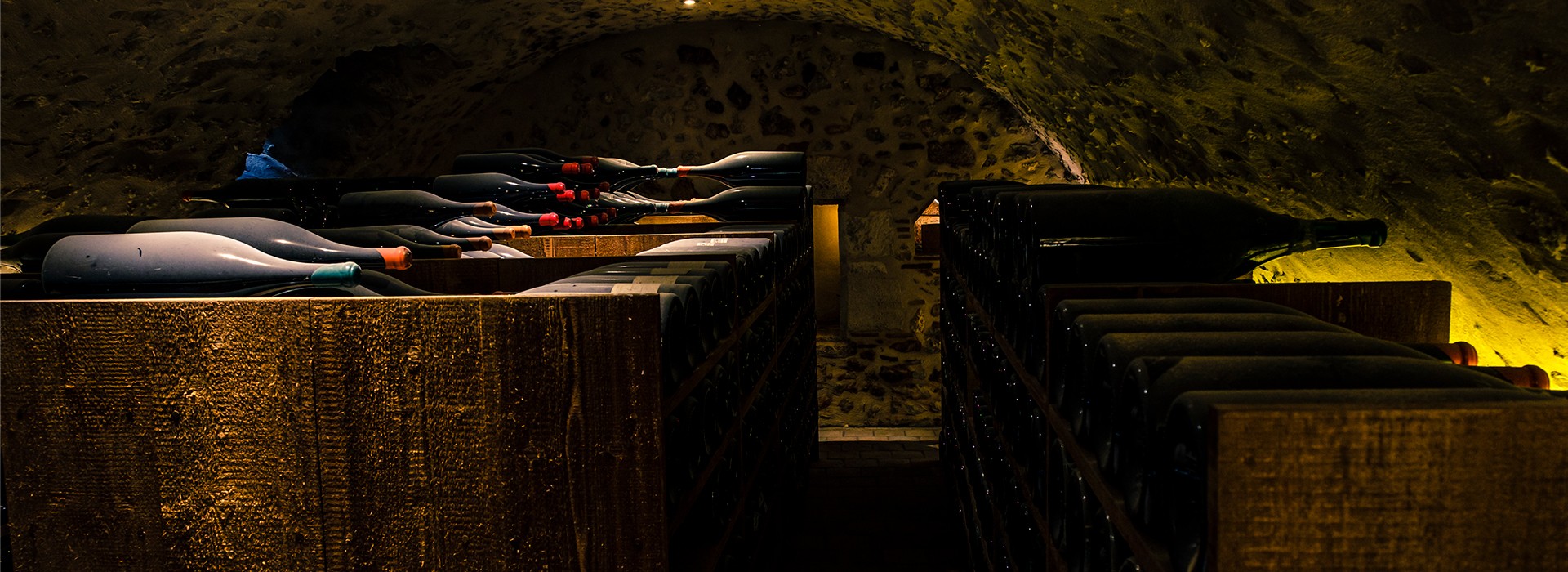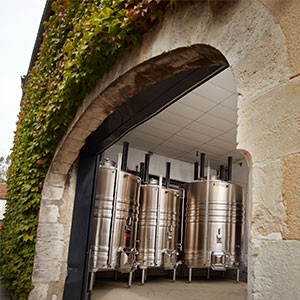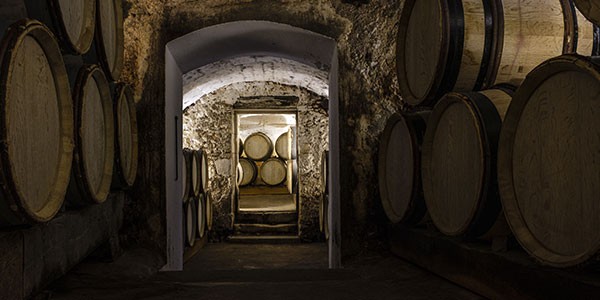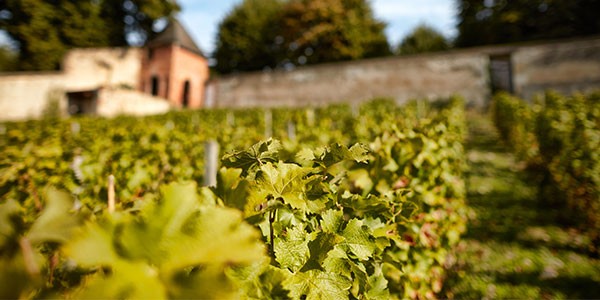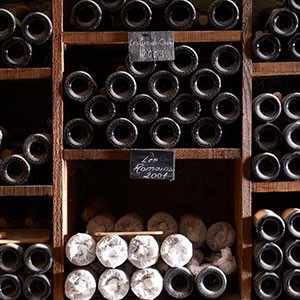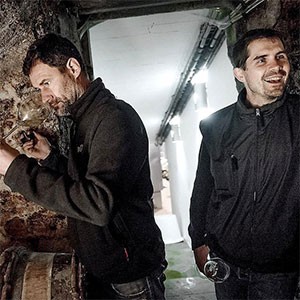Domaine Vacheron has its origins in 1900, when Maurice Vacheron bought a hectare of vines and founded the eponymous estate. His sons joined the estate in 1966 and gradually developed it. Covering an area of 47 hectares today, this family estate in the Loire is one of the spearheads of the Sancerre appellation, because all the vines are worked according to the principles of organic farming. It is thus the first domain of Sancerre to be certified in biodynamics (since 2006). It is one of the few domains to be located on the Piton de Sancerre.
The Domaine Vacheron derives its uniqueness from its geographical location. The estate is indeed located on the geological fault of Sancerre, dividing it into two terroirs, one composed of limestone and the other of flint. Over the years, the Domaine Vacheron develops, through rigorous plot vinification, a range of wines that authentically express the potential and specificities of the Sancerre terroir. The wines of Domaine Vacheron are recognized for their extreme finesse and the tasty expression of their original grape varieties, pinot noir for the reds and sauvignon blanc for the whites.
The family estate is led by Jean-Dominique and Jean-Laurent Vacheron, who have thus brought about a real revolution within it. They produce some of the most accomplished Sancerre wines there.




